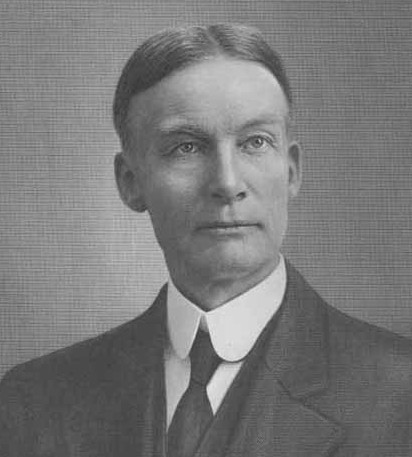Did anyone see the Kansas City Star's "Haitis Poor Eating Cookies Made of Dirt" on Tuesday the 29th (available from
http://www.kansascity.com/news/world/story/466837.html)? The article revealed a poor Haitian family eating dirt cookies because they couldn't afford anything else. Those poor children, eating dirt!! How could this happen? What has this world come to?
But what the article didn't explicate was that the situation in Haiti is due to larger social forces...
Here's a quick article summary:
Haiti's dire economic conditions are causing the poor to rely on some unconventional food choices. According to the Food and Agricultural Organization, food prices are up as much as 40 percent on some Carribbean islands due to the flood and crop damage from the 2007 hurricane season. At the market, "Two cups of rice [a daily food staple] now sell for 60 cents, up 10 cents from December and 50 percent from a year ago. Beans, condensed milk and fruit have gone up at a similar rate." But with rising food prices, what are the poor able to afford to eat? The answer has come in a traditional remedy for an enduring hunger problem: dirt cookies. Haitians can purchase dried yellow dirt from the local market--dirt which is prized as an antacid and source of calcium--for about $5.00, up by $1.50 a year ago. The dirt, mixed with salt and vegetable shortening and left to dry under the sun, is enough to make 100 cookies and costs much less than a bowl of rice.
Here's what else to think about:
Haiti is the poorest country in the Western Hemisphere. Almost 80 percent of its population lives below the poverty line. Today, the country is vulnerable to extensive deforestation, soil erosion, and inadequate supplies of clean water. It not only faces growing environmental cocners, but suffers from trade deficits, higher inflation than similar low-income countries, and a lack of investment due to insecurity and limited infrastructure.
Haiti's position in the world shows us the inequality that exists between the Developed and Less Developed Countries. When industrialization was taking place in the Developed Countries, it was often at the expense of their colonies, who have since been unable to industrialize themselves thanks to imperialism. These social causes have been the topic of much inquiries in sociology. For example, Immanuel Wallerstein (World Systems Theory) has written extensively about the social causes of unequal development and the history of colonialism. Further, Dependency Theory (see Andre Gunder Frank and Eduardo Galliano) claims that the Developed World was able to industrialize due to the exploitation of the Less Developed. Both theories are a criticism to Rostow's Modernization Thesis, claiming that all countries pass through key stages of development and that Less Developed Countries just haven't made it there yet.
What the KC Star article seemed to skip over was that macro-social policies and and macro-social causes--like development--have profound effects at the individual level. In this case, it's food choices (or lack thereof). So pass the dirt cookies.
Ada Van Roekel-Hughes/ Robert Hughes; Soc 104 GTAs
 For those of you who think sociology is just in the books and articles assigned for you to read, think again. Sociological topics and reports are now being transformed into plays! A rare occurrence, yet it seems that the effects of dangerous weather have come to grab our attention. Sure, we all heard about Hurricane Katrina and the 3 feet of snow that fell this winter, but we read about the Chicago Heat Wave in 1995 just weeks ago.
For those of you who think sociology is just in the books and articles assigned for you to read, think again. Sociological topics and reports are now being transformed into plays! A rare occurrence, yet it seems that the effects of dangerous weather have come to grab our attention. Sure, we all heard about Hurricane Katrina and the 3 feet of snow that fell this winter, but we read about the Chicago Heat Wave in 1995 just weeks ago.



